new garden
jlj48
10 years ago
Featured Answer
Sort by:Oldest
Comments (11)
jlj48
10 years agolast modified: 9 years agoliriodendron
10 years agolast modified: 9 years agoRelated Professionals
Ashwaubenon Interior Designers & Decorators · Fountain Hills Interior Designers & Decorators · Cartersville Furniture & Accessories · Milwaukee Furniture & Accessories · Peachtree City Furniture & Accessories · Washington Furniture & Accessories · Clark Furniture & Accessories · Fallbrook Furniture & Accessories · Northridge Furniture & Accessories · San Juan Capistrano Furniture & Accessories · Pearland Lighting · Orange County Window Treatments · Placerville Window Treatments · Rockledge Window Treatments · Sacramento Window Treatmentsjlj48
10 years agolast modified: 9 years agojlj48
10 years agolast modified: 9 years agojlj48
10 years agolast modified: 9 years agochickadee2_gw
10 years agolast modified: 9 years agoliriodendron
10 years agolast modified: 9 years agojlj48
10 years agolast modified: 9 years agoluckygal
10 years agolast modified: 9 years agochickadee2_gw
10 years agolast modified: 9 years ago
Related Stories

GARDENING GUIDESGreat Design Plant: Knock Out Roses
As glorious as their high-maintenance kin for a fraction of the work, Knock Out roses make even beginners look like garden stars
Full Story
GARDENING GUIDESGreat Design Plant: Milkweed
Quit cringing. This not-weed plant is a sight to behold in the garden, has a delicious vanilla scent and is a magnet for butterflies
Full Story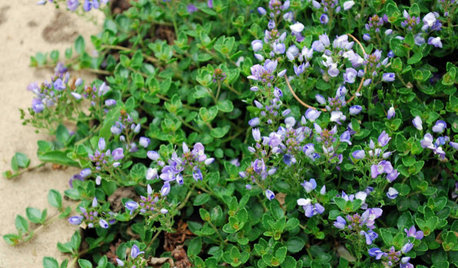
GARDENING GUIDESGreat Design Plant: Veronica
Consider adaptable Veronica, or speedwell, for its colorful blooms, butterfly-drawing power and low maintenance requirements
Full Story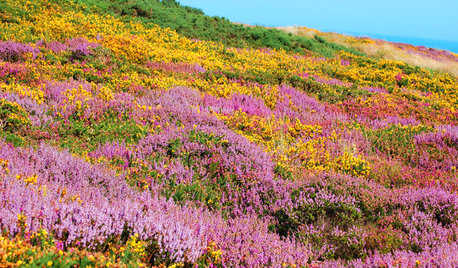
GARDENING FOR BUTTERFLIESGreat Design Plant: Scotch Heather
The moors aren't all moody, as this prettily colored evergreen shrub proves. Plant it en masse for an epic romance in your own garden
Full Story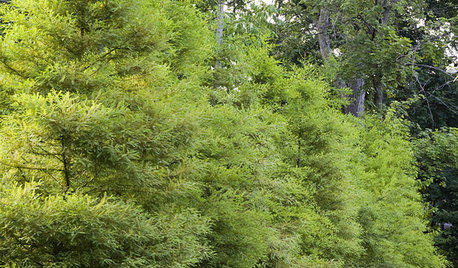
GARDENING AND LANDSCAPINGGreat Design Plant: Bald Cypress
Enjoy this beautiful tree's feathery foilage, fall color and tolerance of wet and dry soils
Full Story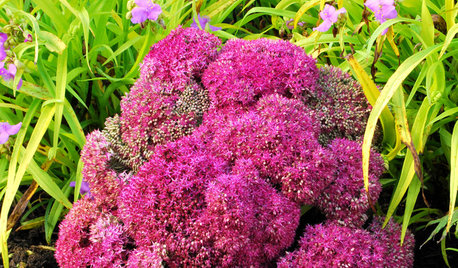
GARDENING GUIDESGreat Design Plant: Sedum (Stonecrop)
Terrific at filling gaps and in a wide range of colors and shapes, sedum is a problem solver in the garden
Full Story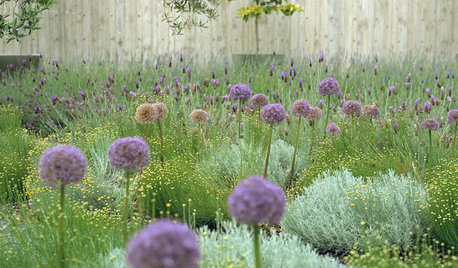
GARDENING GUIDESGreat Design Plant: Ornamental Allium
Lollipop blooms on tall, leafless stems add an architectural element to gardens of all styles
Full Story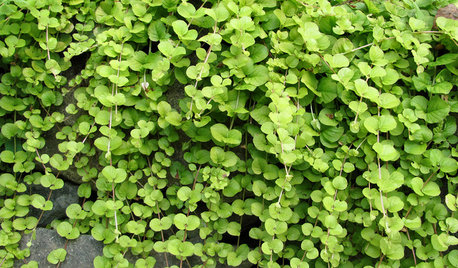
GARDENING AND LANDSCAPINGGreat Design Plant: Golden Creeping Jenny
Try this fast-growing ground cover for easy masses of gold and green in the garden
Full Story
WINTER GARDENING10 Native Wildflowers to Beautify Your Winter Garden
They stand strong in wind, feed wildlife and are easy to grow. But you may want to add these plants for their looks alone
Full Story
NATIVE PLANTSGreat Design Plant: Wild Bergamot, Friend of Foragers
Nourish butterflies and other winged creatures with the tubular flowers of Monarda fistulosa, a pretty pink native
Full StoryMore Discussions


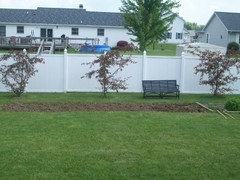





daisychain01